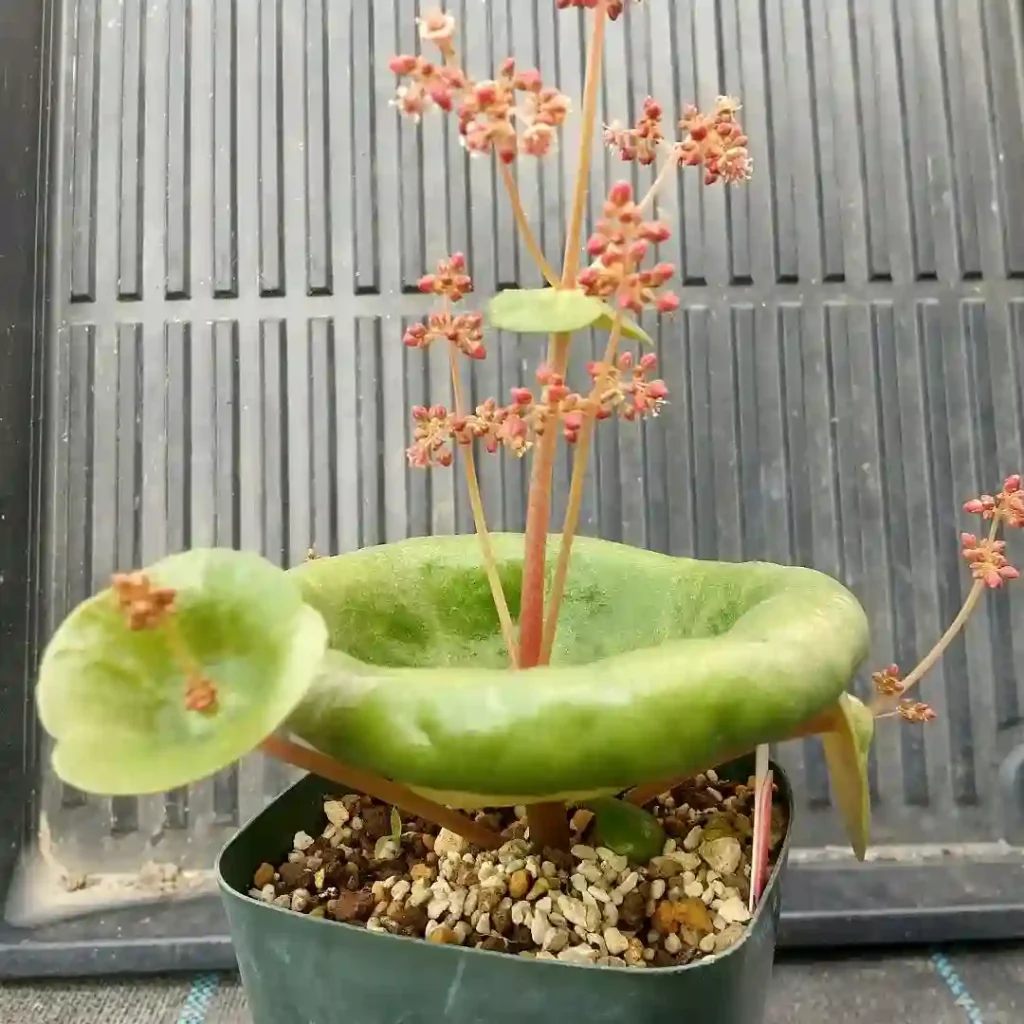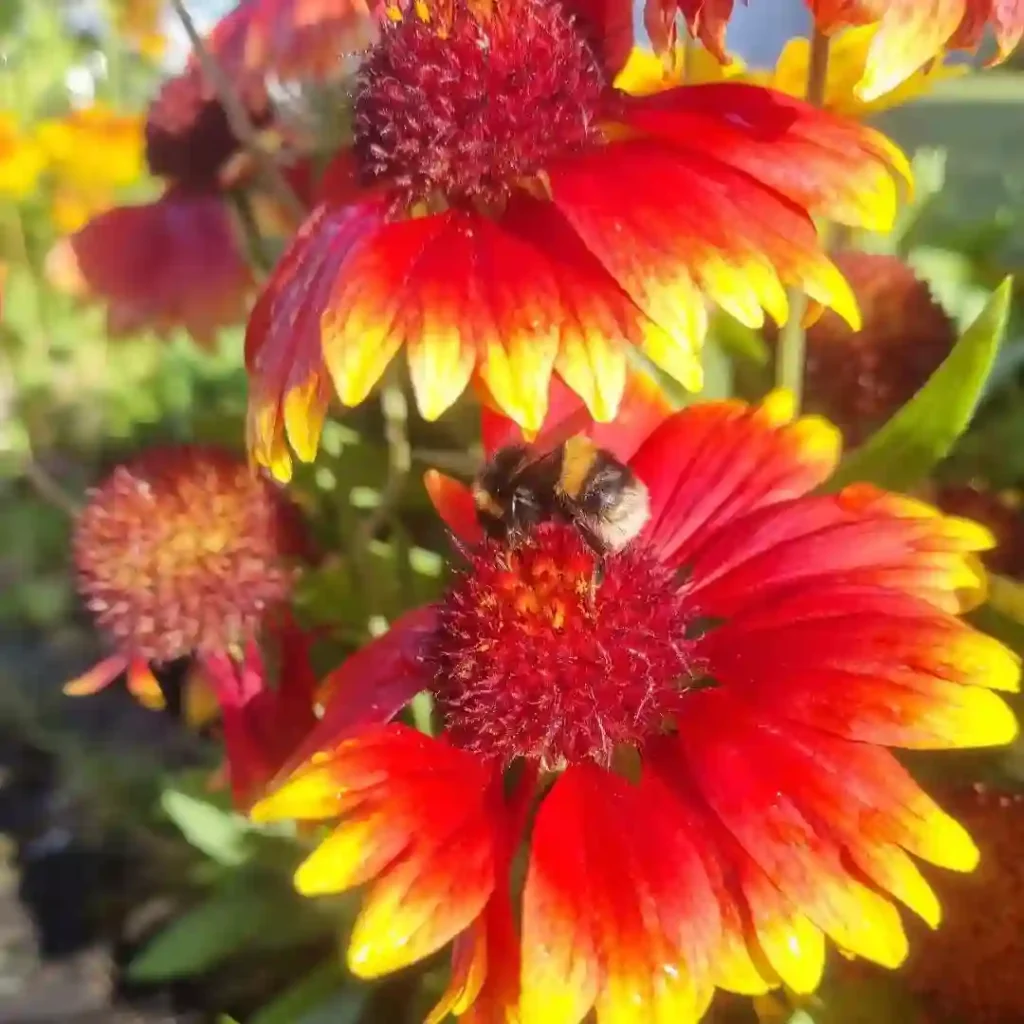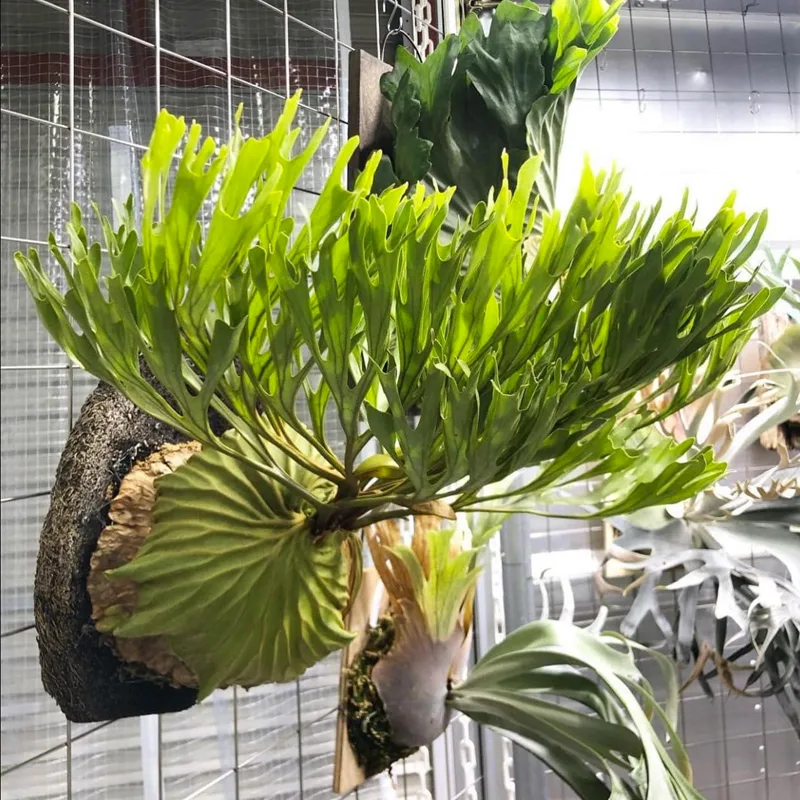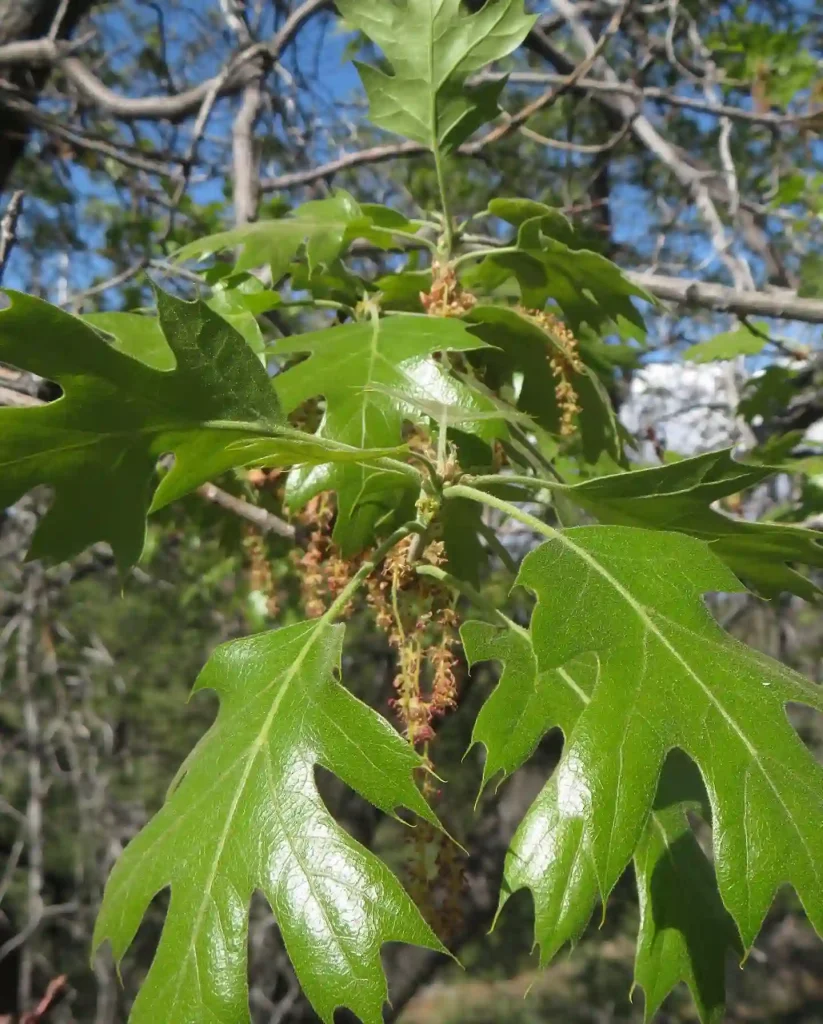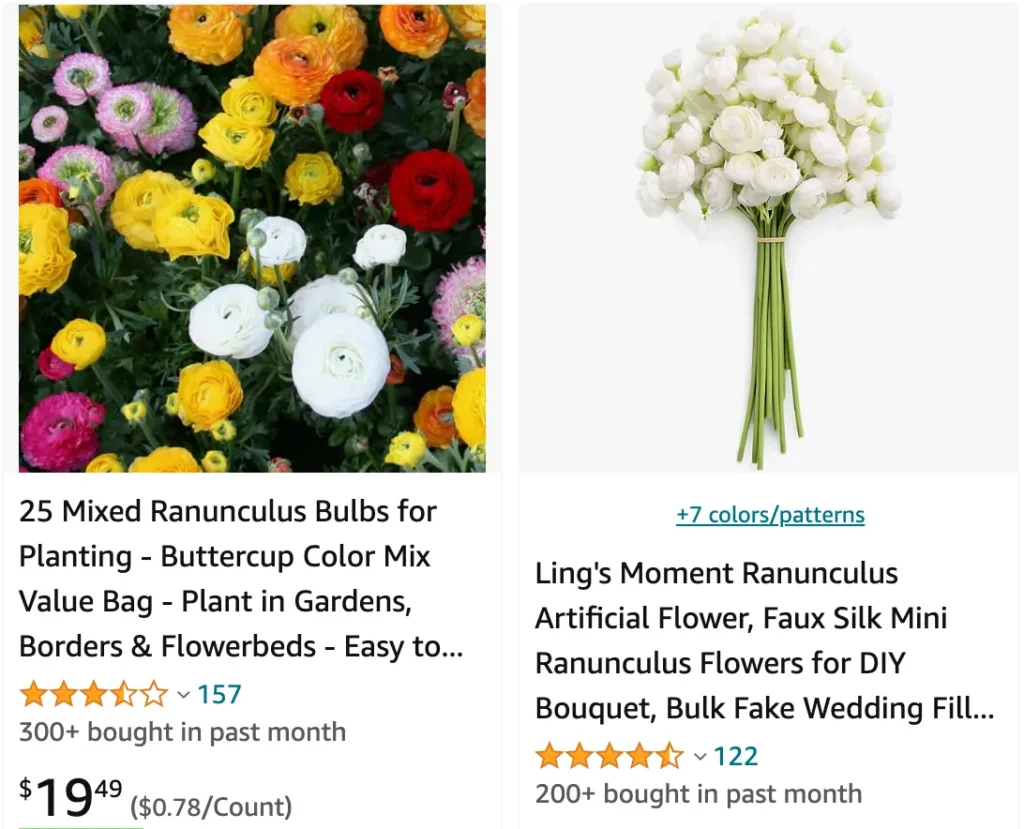
All About Ranunculus Sardous: A Q&A with Ferb Vu
Hi everyone, Ferb Vu here! Today, we’re diving into the world of Ranunculus Sardous, a plant that might be more familiar as the Hairy Buttercup. Whether you’re a seasoned gardener or just starting your botanical journey, this wildflower (or sometimes, unwelcome weed) has interesting characteristics to explore. Let’s answer some common questions about Ranunculus Sardous.
1787 Species in Genus Ranunculus
What is Ranunculus Sardous?
Ranunculus Sardous is a flowering plant belonging to the buttercup family, Ranunculaceae. Native to Europe and parts of North Africa, it’s become naturalized in many regions, including the United States and Australia. This annual or biennial herb is known for its bright yellow flowers and hairy stems and leaves, hence the common name “Hairy Buttercup.”
Is Ranunculus Sardous a Weed?
In some cases, yes. Ranunculus Sardous thrives in disturbed areas like roadsides and lawns, making it a common weed in some regions. Its prolific growth and ability to self-seed readily can make it a nuisance for gardeners.
How Can I Identify Ranunculus Sardous?
Here are some key features to help you identify Ranunculus Sardous:
- Flowers: Bright yellow, with five small petals and reflexed sepals (sepals that curve downwards).
- Leaves: Hairy, broadleaf, often divided into three leaflets.
- Stems: Hairy, mostly erect, reaching up to half a meter in height.
- Habitat: Prefers moist, disturbed areas like meadows, fields, roadsides, and sometimes, lawns.
Is Ranunculus Sardous Poisonous?
Like many buttercups, Ranunculus Sardous contains toxins called protoanemonin. These toxins can irritate skin and mucous membranes upon contact. It’s best to avoid ingesting any part of the plant, and wear gloves when handling it.
What’s the Difference Between Ranunculus Sardous and Other Buttercups?
There are many buttercup species, making identification tricky at times. Here’s a quick comparison with a close relative, the Creeping Buttercup (Ranunculus repens):
- Growth Habit: Ranunculus Sardous is upright, while Creeping Buttercup has a prostrate (creeping) growth habit.
- Leaves: Ranunculus Sardous has divided leaves, while Creeping Buttercup has simple, lobed leaves.
- Flowers: Both have yellow flowers, but Ranunculus Sardous flowers tend to be smaller.
Can I Grow Ranunculus Sardous in My Garden?
While Ranunculus Sardous might not be the ideal choice for a manicured garden, it can add a touch of wildness to naturalized areas or wildflower meadows. However, be mindful of its potential to spread and become invasive.
How Do I Control Ranunculus Sardous if it Becomes a Weed?
Here are some methods to manage Ranunculus Sardous:
- Hand-pulling: Effective for small infestations, but wear gloves and dispose of the plants properly.
- Herbicides: Selective herbicides can be used, but always follow label instructions carefully.
- Maintaining a Healthy Lawn: A thick, healthy lawn can outcompete Ranunculus Sardous for resources.
What are some interesting facts about Ranunculus Sardous?
- Despite being a weed in some areas, Ranunculus Sardous is a valuable food source for some insects, including pollinators like bees.
- The plant has a long history – its scientific description dates back to 1763!
- In some regions, Ranunculus Sardous is considered a medicinal herb, although its effectiveness is not widely supported by scientific evidence.
Final Thoughts on Ranunculus Sardous
Ranunculus Sardous, the Hairy Buttercup, is a common wildflower with a bit of a double personality. While it can be a charming addition to wild areas, its weedy tendencies require vigilance in some gardens. By understanding its characteristics and potential impact, you can decide whether to welcome it or keep it in check.
Remember, responsible gardening practices are key! If you have any concerns about Ranunculus Sardous or other plants in your garden, consult a local gardening expert or extension service for tailored advice.
If i die, water my plants!
